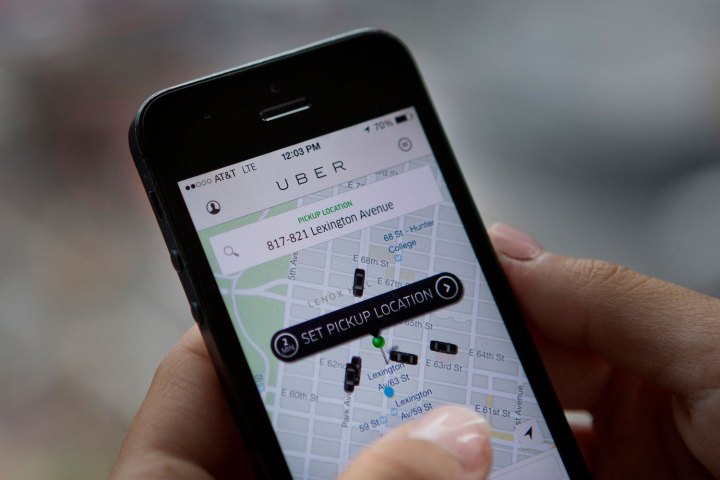
Ridesharing services have the greatest recognition. Other forms of mobility services exist, including ZipCar, which has been in operation since 2000. However, when consumers surveyed by ReportLinker were asked what came to mind when they heard the term “shared mobility service,” more than half (57 percent) responded with “Uber.” Uber’s brand-awareness is so successful that people named the company rather than ridesharing as a category.
Ridesharing, carsharing, and to a lesser extent bikesharing, often in conjunction with public transportation networks, are all contributing to transportation disruption. Ridesharing has the greatest disruptive role because more people have used a ridesharing service than the other mobility options. For example, 82 percent of those surveyed said they hailed a ride, but only 12 percent had used ridesharing.
Overall, Uber’s 97 percent had the highest name recognition, followed by Lyft with 75 percent, and ZipCar at 42 percent. Millennials had the strongest generational brand recognition, knowing Uber 98 percent of the time, Lyft 84 percent, and ZipCar at 49 percent.
Millenials also said that when going out for an evening with friends, they use ridesharing services 70 percent of the time. ReportLinker stated one factor in millennials’ ridesharing use is that fewer have their own cars. The survey found that while 91 percent of older generations are car owners, only 78 percent of millennials have their own wheels.
Ease of use is cited most often by ridesharing users as the top reason for using the service. Being able to open an app and summon a car to any location was favored by 68 percent of the respondents. Other top reasons included short waiting times (36 percent), overall efficiency of the experience (35 percent), and reduced cost (28 percent). The numbers add up to more than 100 percent because participants could choose more than one response.



